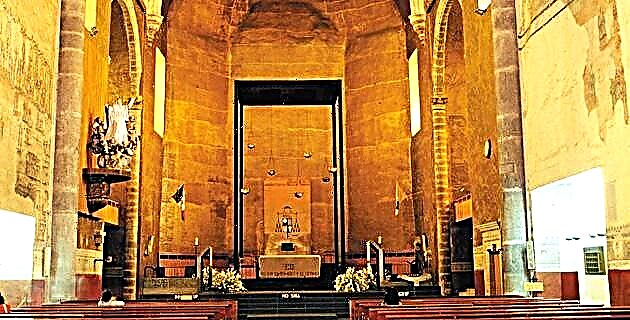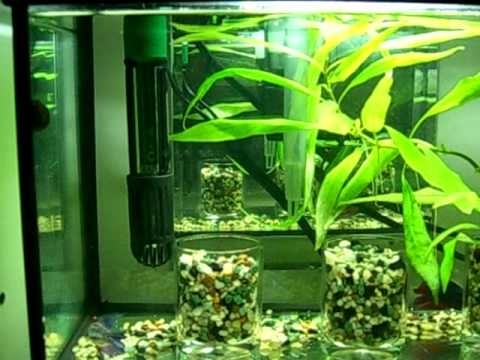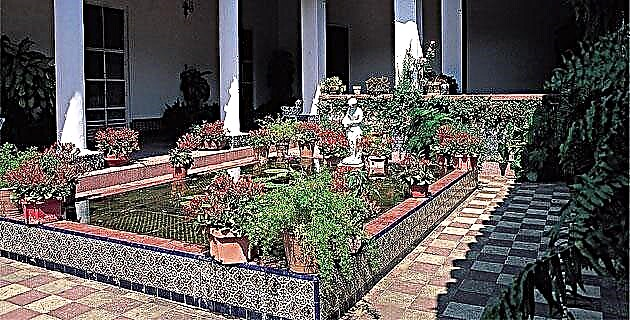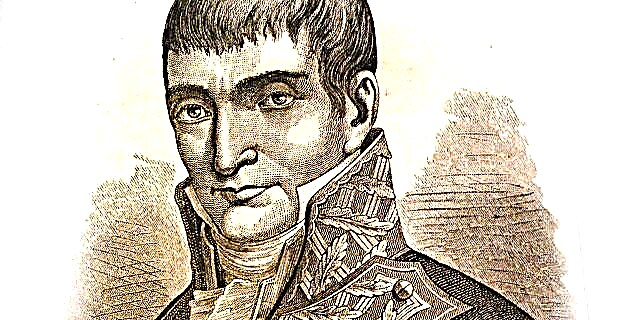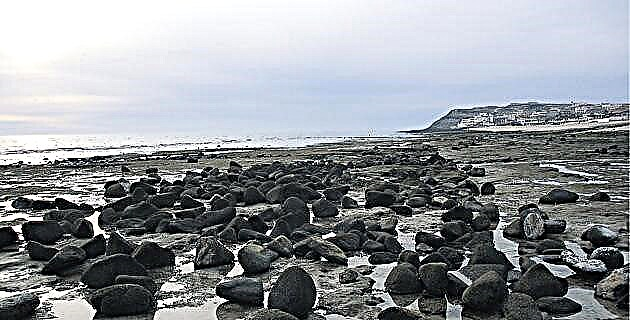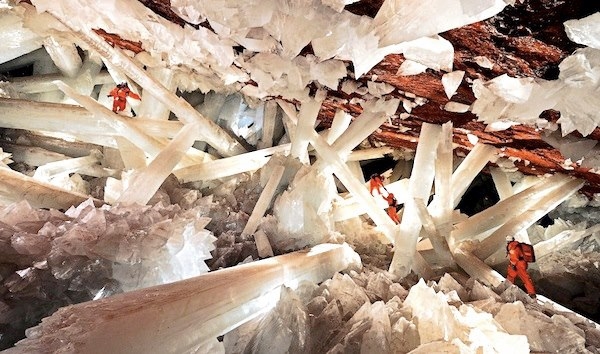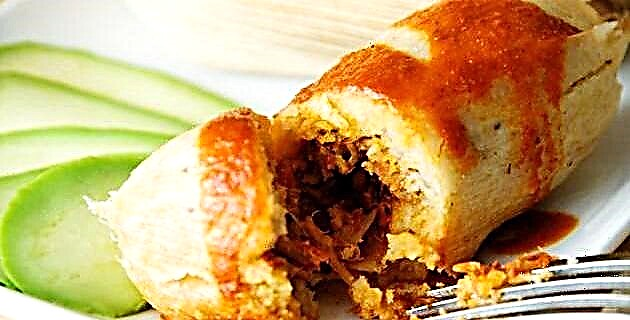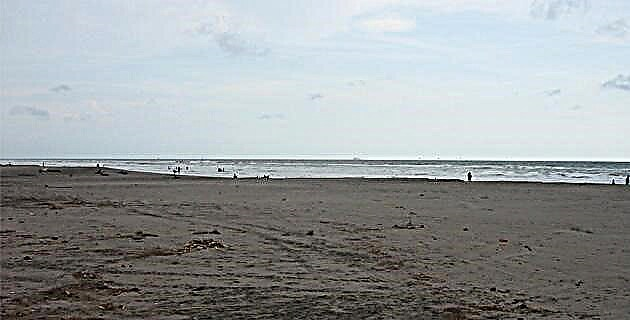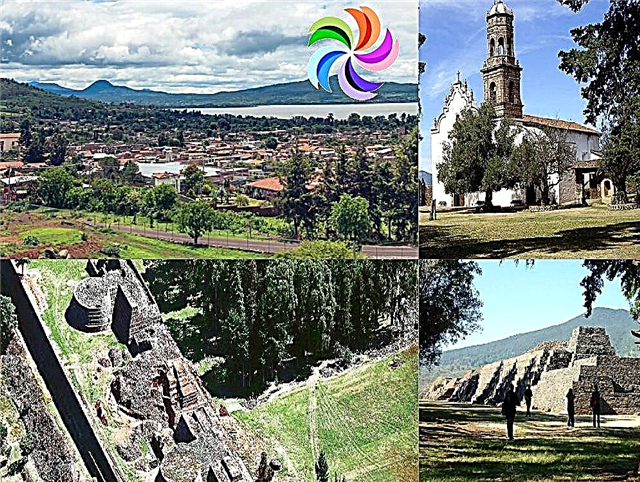The pre-Columbian history of Tzintzuntzan and its viceregal architectural wealth are the most attractive facets of this Magic Town Michoacano, which we will help you know with this complete guide.
1. Where is Tzintzuntzan located?
This Michoacan town, which is the head of the municipality of the same name, is located on the shores of Lake Pátzcuaro, in the north-central zone of the state of Michoacán. Tzintzuntzan means "place where the temple of the messenger hummingbird god is" and in pre-Columbian times it was first the seat of the Señorío de Michhuaque, the original nucleus of the later Purepecha empire, and later the imperial capital. Tzintzuntzan is 18 km away. from the city of Pátzcuaro by Federal Highway 120, while Morelia is 63 km away. The distance between Mexico City and Pueblo Mágico is 350 km. traveling west on Federal Highway 15D towards Morelia and Uruapan.
2. How did the town arise?
The first settlement was founded around 1325 by the Lord of Michhuacan, being the Purépecha capital with up to 40 thousand inhabitants, until its fall into the hands of the Spanish conquerors. After the conquest, Tzintzuntzan continued to be the main city in the area, and in its spaces Spanish authorities, evangelizers, indigenous rulers and the people lived together. It was declared a city by the Spanish crown in 1593, keeping its indigenous government subordinate to the mayor of Michoacán. In 1861 it received the title of "Primitive City" and in 1931 it reached municipal rank. Tzintzuntzan was incorporated into the Mexican Magical Towns system by virtue of its history, archaeological importance and colonial physical heritage.
3. What weather awaits me in Tzintzuntzan?
Tzintzuntzan enjoys a mild temperate climate, favored by the altitude of 2,055 meters above sea level. The average annual temperature is 16.3 ° C, with little pronounced variations throughout the seasons, since in winter they are between 13 and 14 ° C, while in summer the thermometer rises to 18 or 19 ° C. The most extreme temperatures that have been reached in the Magic Town are 4.2 ° C in winter and 28.3 ° C in summer. Rainfall reaches 960 mm per year, with a rainy period that runs from June to October. Between November and April the rains are strange.
4. What is the basic list of attractions of Tzintzuntzan?
Only the monumental Franciscan convent complex of Tzintzuntzan deserves a restful visit to fully know its different buildings and spaces, such as the atrial garden, the conventual temple of San Francisco, the area of the convent of Santa Ana, the temple of Soledad, the old Hospital de Indios and its attached chapel. At the entrance of the town is the Tzintzuntzan Archaeological Zone and in the vicinity there is a set of towns of tourist interest that are part of the lake corridor, among which we can distinguish Ihuatzio, Cucuchucho, the city of Pátzcuaro and Tingambato.
5. How is the Franciscan Convent of Tzintzuntzan integrated?
This religious complex located in the center of the town, is made up of an atrial garden, the conventual temple dedicated to San Francisco, the former convent dedicated to Santa Ana, the church of Nuestra Señora de la Soledad, the old Indian Hospital and a isolated chapel located in the hospital area. Each of these buildings has relevant artistic characteristics and in them different styles such as Plateresque, Baroque and Neoclassical are mixed, as a result of the constructions and modifications made since the monumental work began in 1570 until the last restoration carried out in the 1980s.
6. What is the interest of the Atrial Garden?
The landscaped atrium occupies a large space, with three entrances, the main one having a semicircular arch that separates the atrium from the square located on the main street of the town. The atrial garden is delimited by a fence that was built with volcanic slabs from the Yacatas de Tzintzuntzan, an ancient Purépecha ceremonial center. Another interesting feature is that, according to tradition, the garden's old olive trees were planted by the first bishop of Michoacán, Vasco de Quiroga. In the center of the atrium is the Atrial Cross, a stone structure installed in 1764.
7. What stands out in the Temple of San Francisco?
The original conventual temple was completed in the early 17th century, in the Plateresque style. During the nineteenth century, the interior of the temple was subjected to a process of modifications, changing to a neoclassical style, while its dome is an addition from the 1940s. In the main altar there is a neoclassical altarpiece and on the north side of the enclosure there is a chapel attached to the church, while the convent area is accessed from the south side. In the convent church there is an oil painting of Christ before the crucifixion, which is called El Señor del Rescate.
8. What is in the Convent of Santa Ana?
Its façade is in the Plateresque style and the access to the cloister, located next to the temple of San Francisco, has a semicircular arch and a half-barrel vault, which is called the Portal of the Sacraments. In the central part of the facade is the open chapel of San Camilo, where according to tradition, Tata Vasco celebrated his first mass as Bishop of Michoacán. The rectangular cloister has four semicircular arches and its ceiling is covered with Mudejar alfarjes. Some units of the convent, such as cells, kitchen and refectory, have been decorated with period furniture.
9. What is the Temple of Solitude like?
This church was added to the convent complex in the 17th century. It was consecrated to the Virgen de la Soledad and has an austere facade. The main access presents a semicircular arch with Solomonic pillars and the coral window has a decoration of moldings. Above the window there is a small niche with the image of the Virgen de la Soledad. The interior of the church has neoclassical ornamentation with indigenous influence, and on the main altar and on the side walls there are altarpieces and oil paintings with a religious theme. The temple houses the Lord of the Holy Burial, an image of Jesus after the crucifixion, made with corn stalk paste, which is highly venerated.
10. What is preserved of the old Hospital de Indios and its isolated chapel?
Of this hospital ordered to be built by Vasco de Quiroga to care for the indigenous people, only its ruins remain, made up of rooms with adobe walls, a small bell tower and to one side of the hospital courtyard, an open and isolated chapel, which is the best preserved structure of the old hospital complex. This chapel was intended for the Catholic worship of the indigenous people and it is still possible to admire the remains of original fresco paintings. There are also some stone carvings dating from 1619, representative of the Sun and the Moon.
11. Where is the Tzintzuntzan Archaeological Zone?
This masterfully rescued archaeological site is located at the entrance of the town by the road that comes from Pátzcuaro. The most emblematic monuments of the site are Las Yacatas, 5 rounded pyramids on large platforms, which symbolize the past splendor of what was the capital of the Purépecha empire and its main political, economic and religious center. You can also see some ruins of the houses of the priests and the pre-Hispanic settlers of Tzintzuntzan.
12. What places of interest are there in Ihuatzio?
13 km. from Tzintzuntzan, in the southern sector of Lake Pátzcuaro, is the Michoacan population of Ihuatzio, where there was another pre-Hispanic Purepecha site that was used as an astronomical observatory and ceremonial center. The most outstanding building of this archaeological site is the pyramid dedicated to Curicaueri, the god of fire of the Purepecha civilization, and the oldest deity in Tarascan mythology. Another pyramid on the site is the one dedicated to Xaratanga, goddess of the Moon of the Purépecha.
13. What is the attraction of Cucuchucho?
This town located 16 km. Tzintzuntzan is well worth a visit, especially on the Day of the Dead. On the first of November at night, the Cucuchenses have already prepared their beautiful altars, adorned with bouquets of marigold flowers and seasonal fruits, and they have prepared the food, consisting mainly of bread of the dead, tamales and atoles. The candles keep the lights of the altars on until the morning of the next day, when the villagers taste the food once it has fed the spirits. A very Mexican celebration that you can enjoy with all its traditional touch in Cucuchucho.
14. How close is the city of Pátzcuaro?
Only 18 km. from Tzintzuntzan is the city and Magic Town of Pátzcuaro, the vital center of the lake basin. Pátzcuaro is the best place to get to know the interior of the lake, with its 7 islands, among which Janitzio and Yunuen stand out. Pátzcuaro also offers many places of architectural interest, such as the Main Square, the church of San Francisco, the temple and former convent of the Hospitaller Order of San Juan de Dios, the basilica of Our Lady of Health and the sanctuary of the Virgin of Guadalupe. The carnival is particularly lively in Pátzcuaro, with its parades accompanied by music played with shawms and other traditional instruments.
15. What can I see in Tingambato?
The Michoacan population of Tingambato is located 51 km. from Tzintzuntzan, between Pátzcuaro and Uruapan. Its main tourist attraction is its archaeological zone, where some monuments of the Purépecha culture are preserved. It was developed in two stages as a ceremonial center, the first between the years 450 and 650 and the second between the years 600 and 900. The site is made up of a central plaza, a medium-sized pyramid, some small squares and a court for the game. Ball. The Teotihuacan architectural influence can be seen in the use of the resources of the slope and the deck. In the current town of Tingambato the temple of Santiago Apóstol stands out, dating from the 17th century.
16. How is the craftsmanship of Tzintzuntzan?
The Lake of Pátzcuaro provides the artisans of Tzintzuntzan with the chuspata, a reed that grows on the banks of the body of water and that after being collected and dried in the sun, is rehydrated to give it its characteristic texture for the elaboration of lamps, ornaments, armchairs, tables and other pieces. Another lake vegetable fiber is tule or cattail, with which the popular craftsmen of Tzintzuntzan make mats, fans and ornaments. Clay pottery in different colors is another artisan line very well worked in the Magic Town. The best place to admire these products and buy a souvenir is the Handicraft Market located one block from the San Francisco temple.
17. What is the local gastronomy like?
The locals are very fond of charales snacks, small lake fish that they eat fried with salt and lemon. Fish from Lake Pátzcuaro, such as bass, carp, tilapia and the lake's famous "white fish", a delicious species at risk of extinction, constitute one of the bases of the local diet. One of the favorite recipes is churipo, a red fish broth with vegetables, to which chunks of corundas are added. They also enjoy posuti, a pozole made with the tender corn. To drink they have an atole that they prepare with sweet corn, anise and a green tomato sauce that gives it a special flavor.
18. What are the main festivals in Tzintzuntzan?
The most popular traditional festival in Tzintzuntzan is that of Señor del Rescate, which takes place 8 days before Shrove Tuesday. People from all over the lake shore come to the festival, being one of the most popular of the lake towns and all of Michoacán. The venerated image is an oil painting of Christ that comes from the early days of evangelization and is found in the temple of San Francisco. Another picturesque festive scene takes place on Holy Wednesday, when the "spies" come out with red and white hoods blowing whistles and looking for Jesus to arrest him. Good Friday is the procession of the Lord of the Holy Burial, in which the 9 Christs of maize cane paste that are preserved in the villages of the lake area participate.
19. What are the main local hotels?
Sandunga Cabañas Boutique, very close to Tzintzuntzan on the road to Quiroga, is an inn overlooking the lake and the mountains. Casa Embrujo Luxury Retreat, located at km. 10 of the highway to Pátzcuaro, has a solarium and restaurant. Irekua, located in Aristeo Mercado 1111, is a hotel with a rustic atmosphere that offers facilities for cycling and canoeing. Lago Sol Hotel & Suites, at km. 6 of the Pátzcuaro road, it overlooks the lake and has a heated swimming pool, sports fields and restaurant. Other nearby accommodation options include Best Western Posada de Don Vasco, 10 km away. from Tzintzuntzan; Colibri Inn B&B (9 km.) And Hostal Purépecha (7 km.).
20. Where can I go to eat?
The most recommended restaurants are in the nearby towns of Quiroga and Pátzcuaro. In Quiroga, Atzimba can be mentioned, located on Avenida Vasco de Quiroga Poniente 265, with generous servings and at excellent prices, and with an attractive decoration in which the photographs of Lázaro Cárdenas are distinguished. Fiesta Purépecha Buffet is located on Avenida Guadalupe Victoria, Quiroga. To eat carnitas cheaply and informally in Quiroga, you can go to El Rey de las Carnitas or Carnitas Carmelo. In Pátzcuaro the offer of restaurants is broader, the most praised being Camino Real, Tiendita Verde, La Carreta, Santo Milagro and El Patio.
Ready to leave for Tzintzuntzan to take a bath in history and pre-Hispanic and colonial architecture? We wish you a happy stay in the Magic Town of Michoacán, hoping that our guide will be useful to you. See you very soon again.

